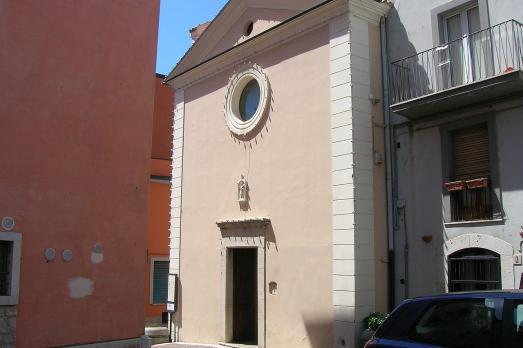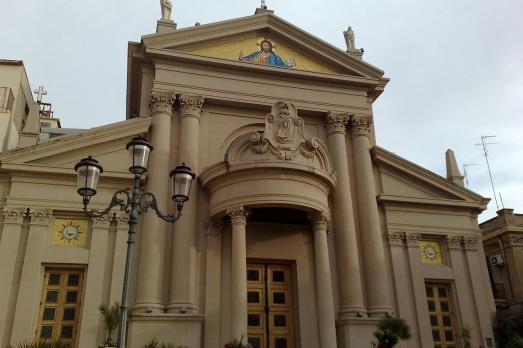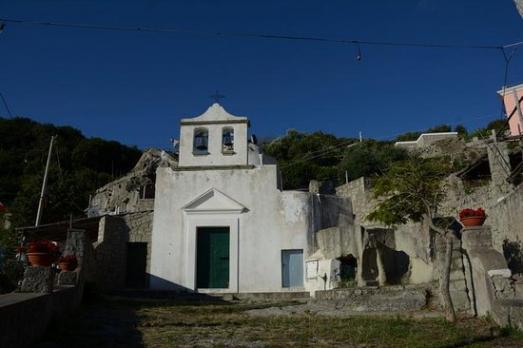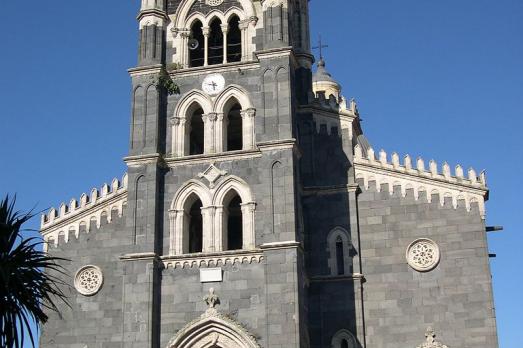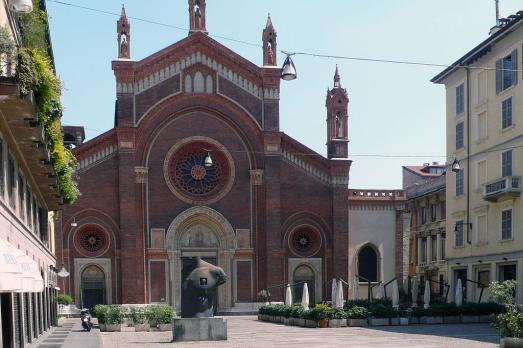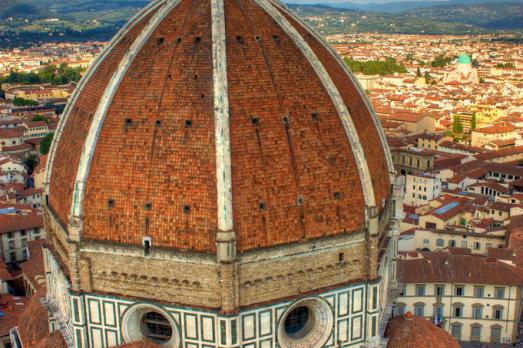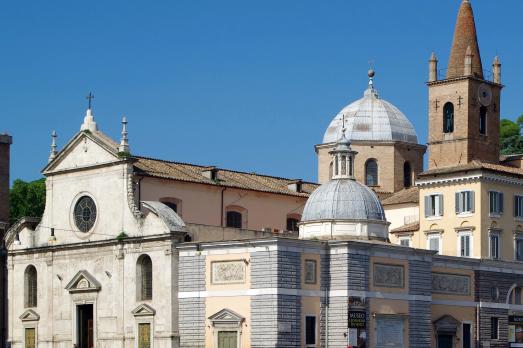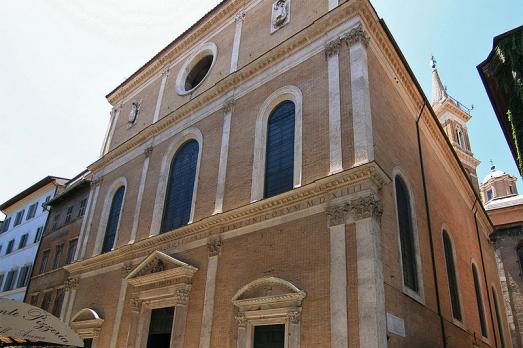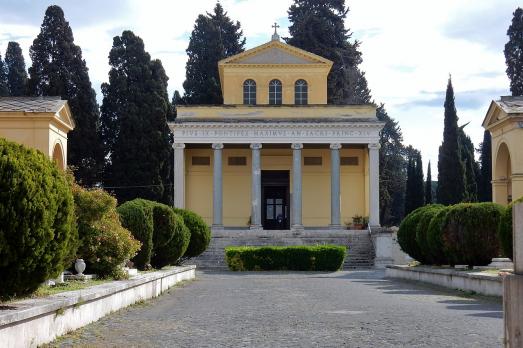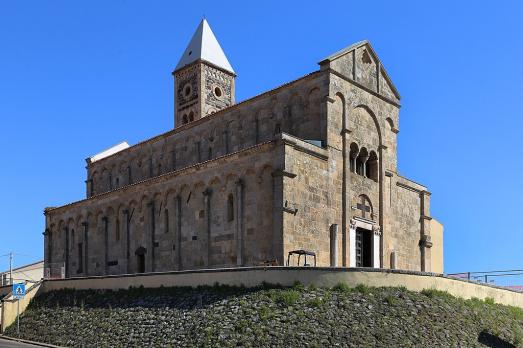
Santa Giusta Cathedral
Santa Giusta, IT
The Cathedral of Santa Giusta was completed in 1145, close to an earlier building from the 6th and 7th centuries. The main portal with its relief arch is similar to that of San Frediano in Lucca, but on the other hand, there are no other Tuscan examples of the idiosyncratic arrangement of the facades. The design of the façade and the choir is clearly inspired by Lombard models.
